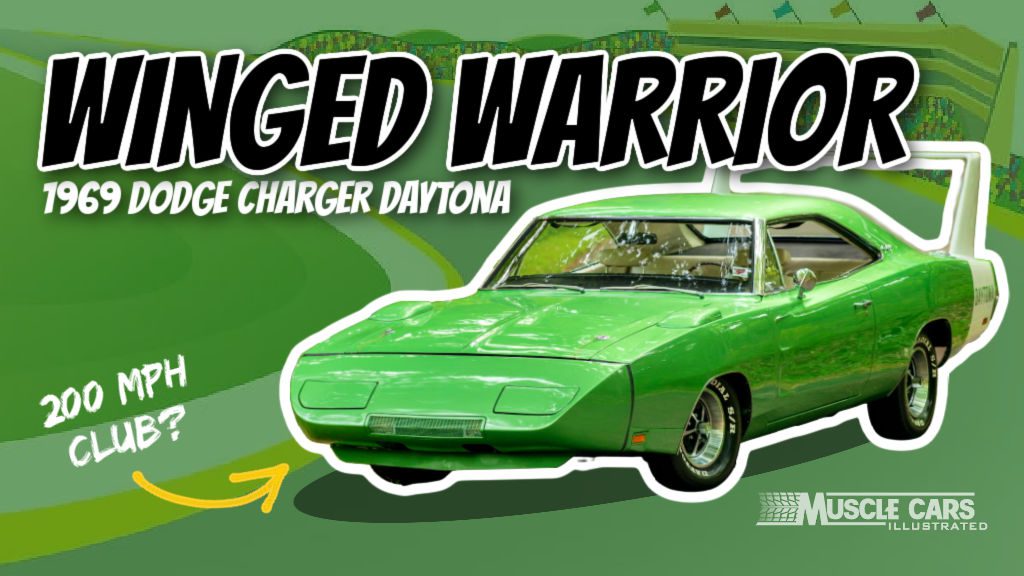
Let’s dive deep into one of the most iconic American muscle cars of all time, the 1969 Dodge Charger Daytona—one of the most recognizable Dodge muscle cars ever made.
This winged warrior was not just a head-turner with its outrageous looks but also a performance beast that dominated the NASCAR tracks of the late 60s.
So, let’s buckle up and ride back in time to explore this aerodynamic marvel’s history, performance, and production of the 1969 Dodge Daytona, shall we?
Here we go:
Table of Contents
What is a Dodge Daytona Charger?
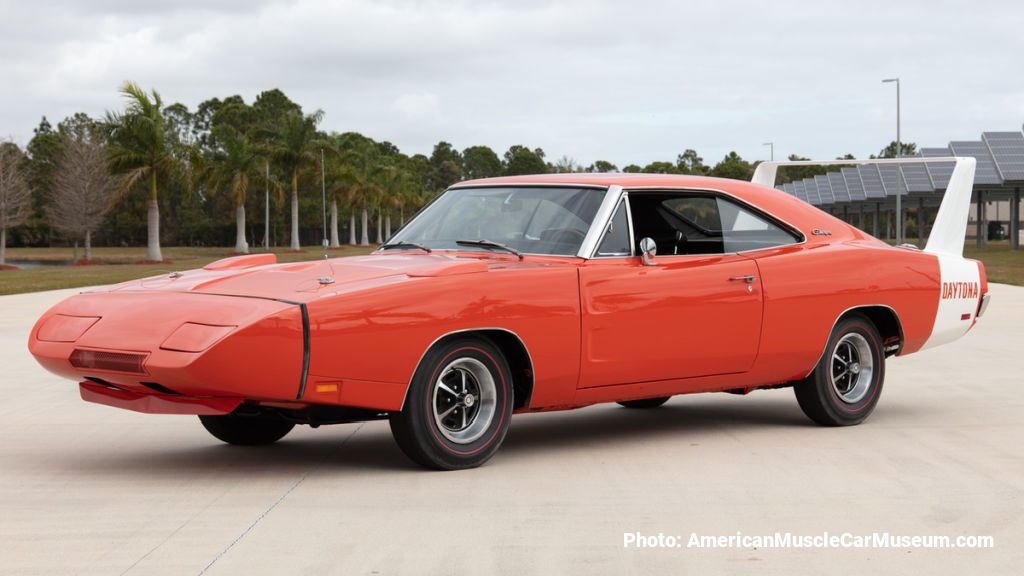
The 1969 Dodge Daytona Charger was an aero warrior built to win races on and off the track. It was the first car to hit 200 mph on a NASCAR super-speedway, and it did so with style thanks to its massive rear wing and pointed front nose.
The Charger Daytona was named after the Daytona International Speedway in Florida, which was one of the most important and prestigious tracks in NASCAR racing at the time. The name was intended to highlight the car’s racing heritage and status as a high-performance machine built for speed and power.
69 Daytona Highlights
| Iconic Aerodynamics | The 1969 Dodge Charger Daytona was specifically designed with an aerodynamic profile featuring a distinctive nose cone and a tall rear wing, contributing to its incredible track performance. |
| Limited Production | With only 503 units produced, the 1969 Dodge Charger Daytona is a rare and highly sought-after collector’s item, adding to its allure and prestige among muscle car enthusiasts. |
| Record-Breaking Speed | The Daytona was the first car to break the 200 mph barrier in a NASCAR event, solidifying its place in automotive history and showcasing the true potential of muscle cars. |
| Hemi and Magnum Engine Options | The 1969 Dodge Charger Daytona was available with two powerful engine options: the legendary 426 Hemi V8 and the 440 Magnum V8, both of which delivered exceptional performance and helped to define the car’s legacy. |
| Successful Racing Heritage | The Charger Daytona’s impressive aerodynamics and powerful engines resulted in a successful racing career, including notable victories in the 1969 and 1970 NASCAR seasons. |
| Distinctive Styling | Apart from its performance features, the 1969 Dodge Charger Daytona also boasted a unique and eye-catching design that set it apart from other era muscle cars, ensuring it would remain an unforgettable classic. |
| Influential Design | The Charger Daytona’s groundbreaking aerodynamic design and success on the racetrack influenced future generations of racing cars, highlighting its importance in automotive history. |
| Lasting Legacy | The 1969 Dodge Charger Daytona continues to captivate muscle car enthusiasts today, symbolizing innovation, performance, and the golden era of American muscle cars. |

Get The Top 50 Fastest Muscle Cars chart. Includes year, model, engine, 1/4 mile times, and more—absolutely free!
History
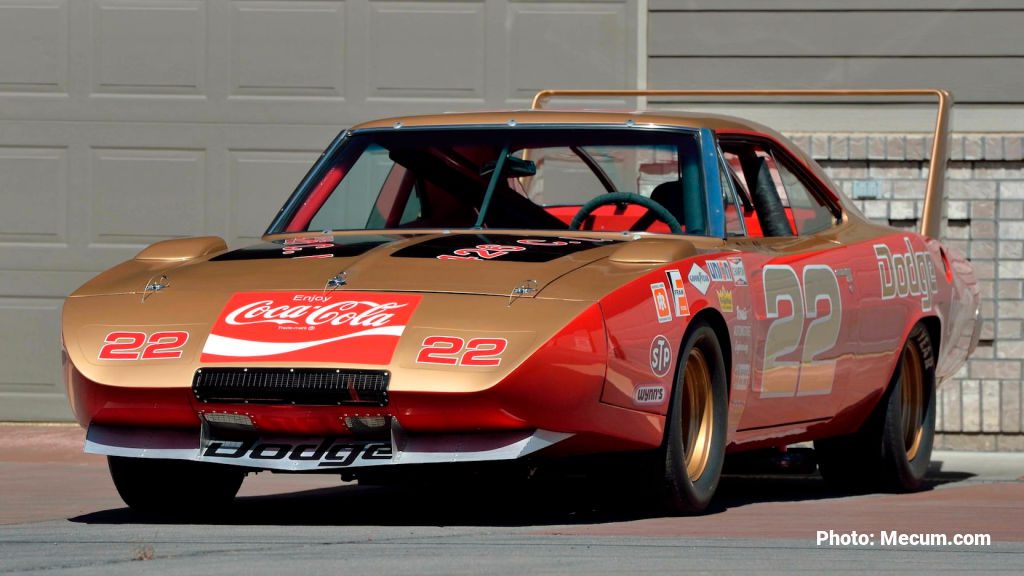
In the late 60s, NASCAR was amid an aero car war, and Dodge knew it needed a car that could keep up with the competition.
So, they turned to legendary designer Larry Shinoda, who had previously worked on the Corvette Stingray and the Boss Mustang, to create the ultimate aerodynamic machine.
Shinoda’s design was based on the 1969 Dodge Charger 500 but with a pointed nose and a towering rear wing that would later become the hallmark of the Daytona.
The 1969 Daytona made its NASCAR debut in the 1969 season with Bobby Isaac behind the wheel, and it quickly proved to be a dominant force on the track.
Isaac won 11 wins, 13 poles, and 38 top-10 finishes in the car, clinching the championship for Dodge that year. Isaac also drove the Daytona to a record qualifying speed of 199.66 MPH at Talladega Raceway.
During the late 1960s and early 1970s, several American muscle cars were designed with aerodynamics in mind to gain an advantage on the NASCAR oval racetrack.
These cars are often called “aero warriors” due to their advanced aerodynamic features. In addition to the 1969 Daytona, here are the three other aero warrior muscle cars of the era:
1969 Ford Talladega
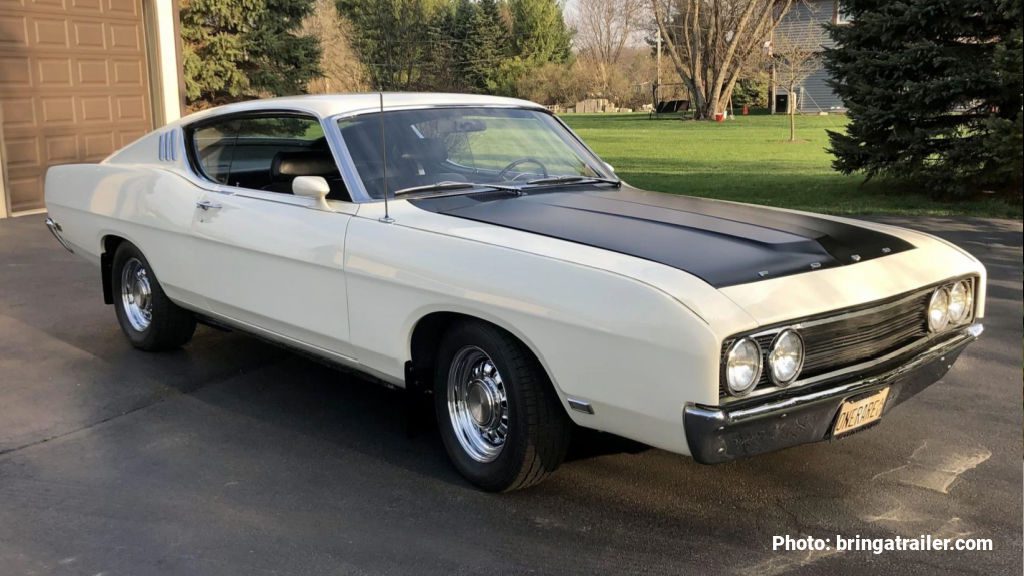
The Ford Talladega was a specially modified version of the Torino that was designed for NASCAR racing. It featured a sleek front end and fastback design with a flush rear window, which helped to reduce drag and improve stability. One of the most successful drivers of the Talladega was David Pearson, who won three races in the car during the 1969 season.
1969 Mercury Cyclone Spoiler II
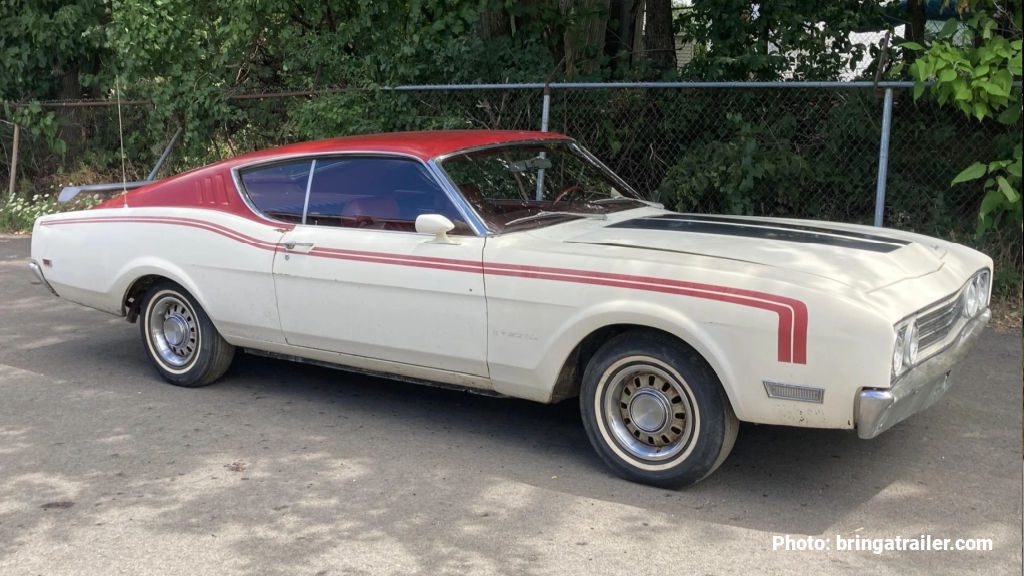
The Cyclone Spoiler II was a limited edition version of the Mercury Cyclone. It features a fastback design, a sloping nose cone, and an optional rear spoiler, giving it a distinctive look and improving its aerodynamics. There were two versions of the Spoiler II, known as the Dan Gurney Special and the Cale Yarborough Special, named after the two NASCAR drivers Mercury sponsored at the time.
1970 Plymouth Superbird
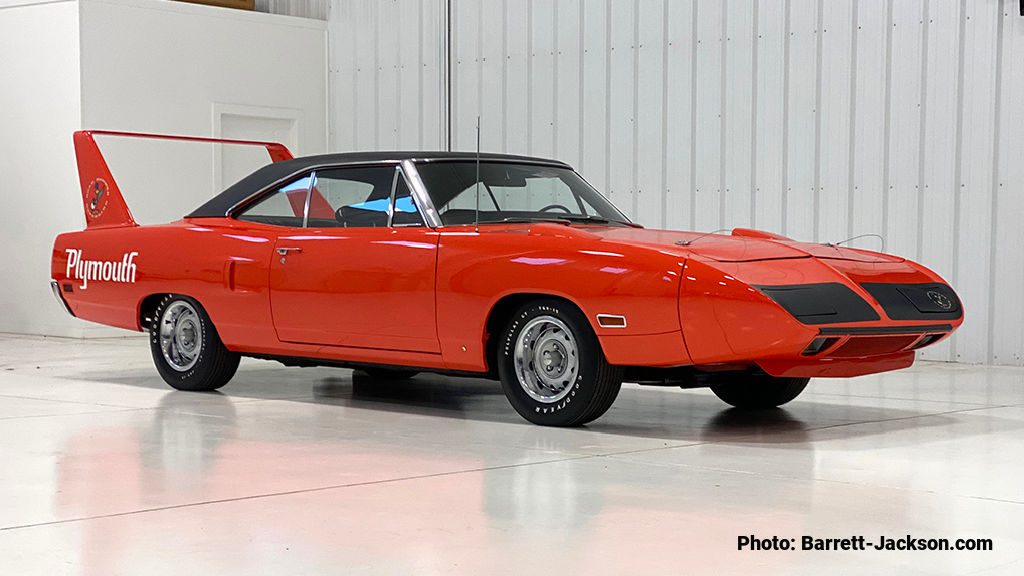
The 1970 Plymouth Superbird was a modified version of the Plymouth Road Runner, featuring a long nose cone and a massive rear spoiler, making it one of the most aerodynamically advanced cars of its time. During the 1970 NASCAR season, Richard Petty won 18 races, including the Daytona 500, driving his iconic #43 Superbird. These aero warriors were designed to win races, and their advanced aerodynamic features helped them achieve remarkable success on the track.
Styling
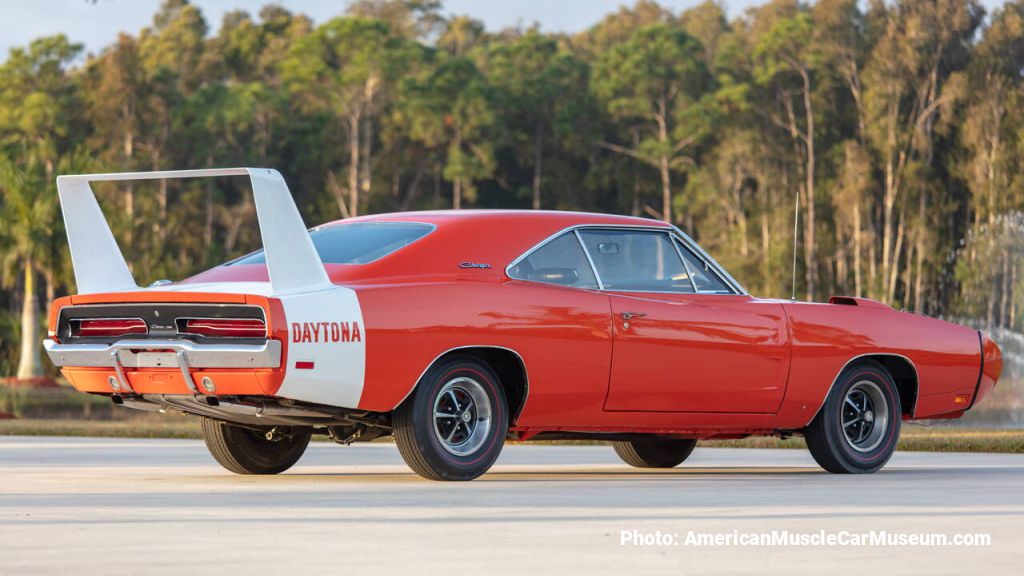
The aerodynamics of the 1969 Dodge Charger Daytona were revolutionary for their time and played a key role in the car’s success on the NASCAR tracks.
The car’s design was heavily influenced by wind tunnel testing, which allowed engineers to fine-tune its shape for optimal performance.
At the front of the car, the Daytona featured a pointed nose cone extending almost two feet from the standard Charger’s front end. This nose cone helped reduce drag and improve airflow over the car’s body while providing additional downforce at high speeds. The nose cone was made from fiberglass, a lightweight and durable material commonly used in automotive applications.
The Daytona featured a massive spoiler at the car’s rear, 64 inches wide and 34 inches tall. This spoiler was designed to provide significant downforce at high speeds, which helped to keep the car stable and planted to the ground.
The rear spoiler was also adjustable, allowing it to be tilted to different angles depending on the track and weather conditions. The spoiler was made from aluminum, which was lightweight and strong enough to withstand the forces generated by the car’s high-speed runs.
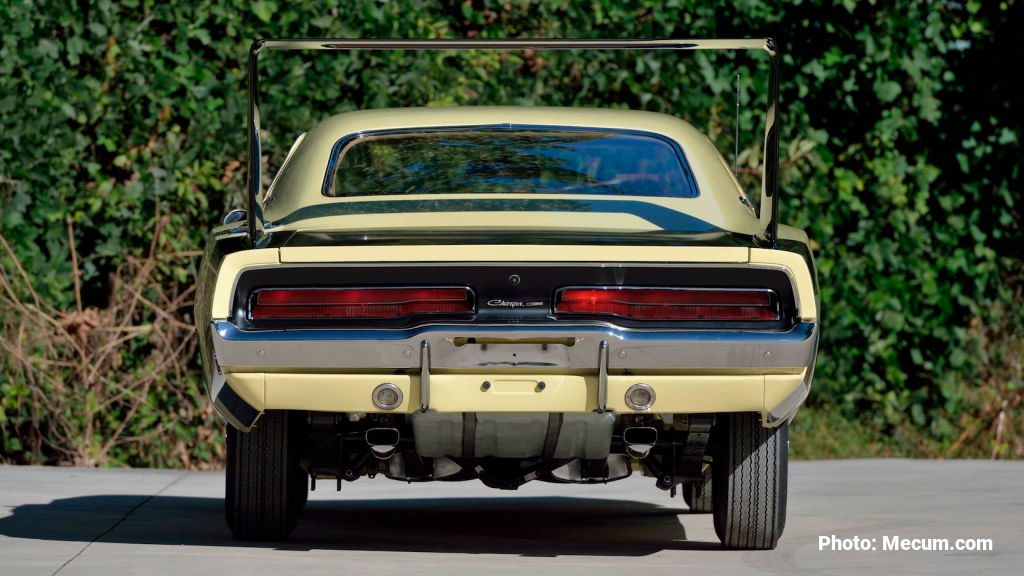
In addition to the nose cone and rear spoiler, the Daytona also featured a special front air dam and flush rear window to reduce drag further and improve stability. The car’s body was also modified with a taller roofline and a longer rear overhang to accommodate the rear spoiler and improve the car’s overall aerodynamics.
All of these aerodynamic modifications helped to make the 1969 Dodge Charger Daytona one of the most advanced and effective race cars of its time. The car’s ability to generate downforce and reduce drag allowed it to reach unprecedented speeds on the NASCAR tracks, making it a true legend of American motorsports.
All of these features helped the Daytona achieve its record-breaking top speed of 200 mph on the Talladega Superspeedway, making it the first car to reach that milestone.
Under the Hood
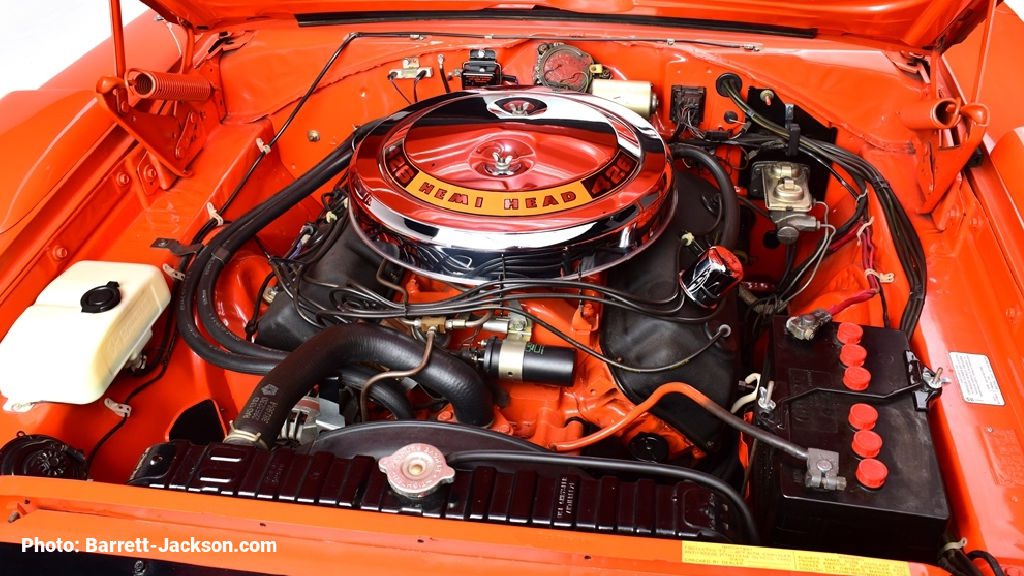
Under the hood of the 1969 Daytona, two engine options offered two different performance levels, including the standard 440 and 426 Hemi.
Both engines were paired with a four-speed manual transmission as standard equipment, with a three-speed automatic transmission available as an option.
440 Magnum V8
The standard engine had a displacement of 440 cubic inches and was equipped with a four-barrel carburetor. It produced 375 horsepower at 4,600 rpm and 480 lb-ft of torque at 3,200 rpm.
| Displacement | 440 cubic inches |
| Horsepower | 375 hp @ 4,600 rpm |
| Torque | 480 lb-ft @ 3,200 rpm |
| Carburetor | Four-barrel |
426 Hemi V8
This Hemi engine had a displacement of 426 cubic inches and was equipped with dual four-barrel carburetors. It produced 425 horsepower at 5,000 rpm and 490 lb-ft of torque at 4,000 rpm.
| Displacement | 426 cubic inches |
| Horsepower | 425 hp @ 5,000 rpm |
| Torque | 490 lb-ft @ 4,000 rpm |
| Carburetor | Dual Four-barrels |
Related Questions
The value of a 1969 Dodge Charger Daytona can vary widely depending on several factors, including its originality, condition, mileage, paint color, engine, and transmission.
As one of the most iconic and sought-after muscle cars of all time, Daytonas are highly prized by collectors and enthusiasts and can fetch significant prices at auction.
Generally, a Daytona in good condition can sell for anywhere from $150,000 to $500,000 or more, with rare and highly sought-after versions such as those equipped with the Hemi engine commanding even higher prices.
Only 503 units of the 1969 Daytona rolled off the Lynch Road assembly line. Of the 503 Daytonas produced, 70 were equipped with 426 Hemi, while the remaining 433 had the 440 cubic inch V8.
The 1969 Dodge Charger Daytona was available with two different engine options. The standard engine was the 440 Magnum V8, which had a displacement of 440 cubic inches and produced 375 horsepower and 480 lb-ft of torque. The rarest and most powerful engine option was the 426 Hemi V8, which displaced 426 cubic inches and produced 425 horsepower and 490 lb-ft of torque.
In 1970, Buddy Baker set a new record by driving a Daytona at a top speed of 200.447 mph (322.588 kph) on what is now known as the Talladega Superspeedway, marking the first time in history that a car had achieved such a feat on a closed course circuit.
In 1971, Isaac and the K&K Daytona set a new land speed record for stock cars, with a two-way average speed of 217.368 miles per hour. The K&K Daytona was a modified version of the 1969 Dodge Charger Daytona built and raced by NASCAR driver Bobby Isaac and his team, K&K Insurance.
The car was fitted with a highly tuned 426 Hemi engine and was designed specifically for high-speed tests at the Bonneville Salt Flats in Utah. This made it one of the fastest cars on the NASCAR tracks and helped to establish its reputation as a true “winged warrior” of American motorsports.
The 1969 Dodge Charger 500 and Dodge Charger Daytona were similar models that offered the same engine options.
The Charger 500 was used in NASCAR in the late 1960s, but the Daytona was more successful due to its aerodynamic upgrades like the special nose cone, rear wing, and other performance enhancements.
As for the quarter-mile, the Charger 500 claimed the seventh spot among the fastest muscle cars in 1969, whereas the Daytona failed to secure a position on the list.
Both cars had the same aerodynamic rear window treatment, featuring a fastback design with a sloping rear window designed to reduce drag and improve speed and performance on the racetrack.
The Charger 500 was the first Dodge model to feature this design, and it was later used in the Daytona, which became one of the most iconic and successful race cars of its time.
Conclusion
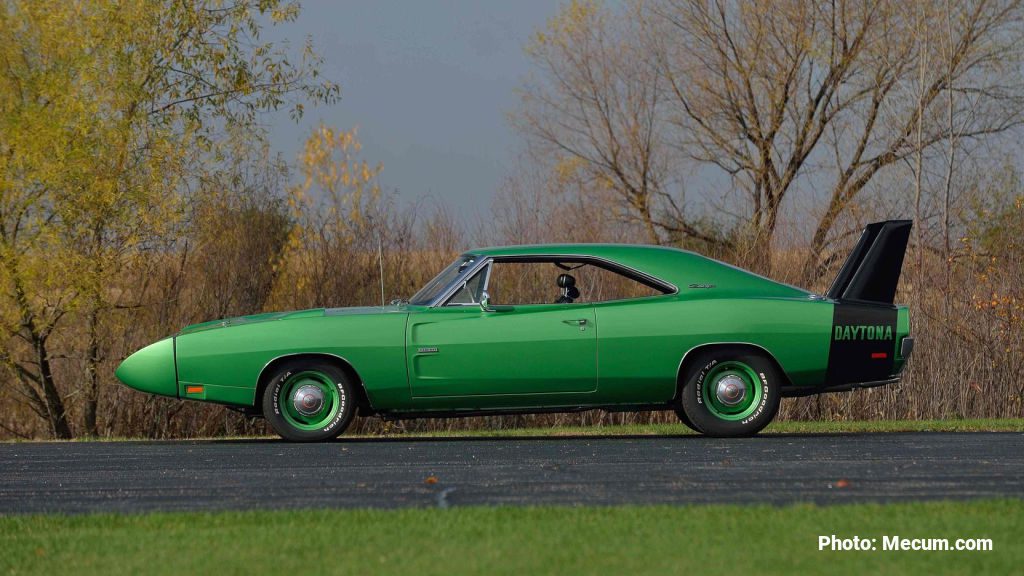
The 1969 Dodge Charger Daytona is a masterpiece of American muscle car engineering. Its outrageous design, powerful engines, and record-breaking performance on the track have cemented its place in automotive history.
Today, the 1969 Daytona remains one of the most coveted muscle cars in the world, and its rarity and collector status only adds to its appeal. Whether you’re a die-hard NASCAR fan, a muscle car enthusiast, or someone who appreciates a good-looking car, the 1969 Dodge Charger Daytona will surely make your heart race.

Ryan Wheaton
Ryan has owned muscle cars since 1986 and currently owns a 1972 Dodge Charger Rallye. He combines passion and experience to create engaging content for fellow muscle car enthusiasts. In 2018, he founded Muscle Cars Illustrated, authoring hundreds of articles on tips, history, and trends in the muscle car industry. He attends national car shows, auctions, and museums to stay current with the latest developments in the muscle car industry.
